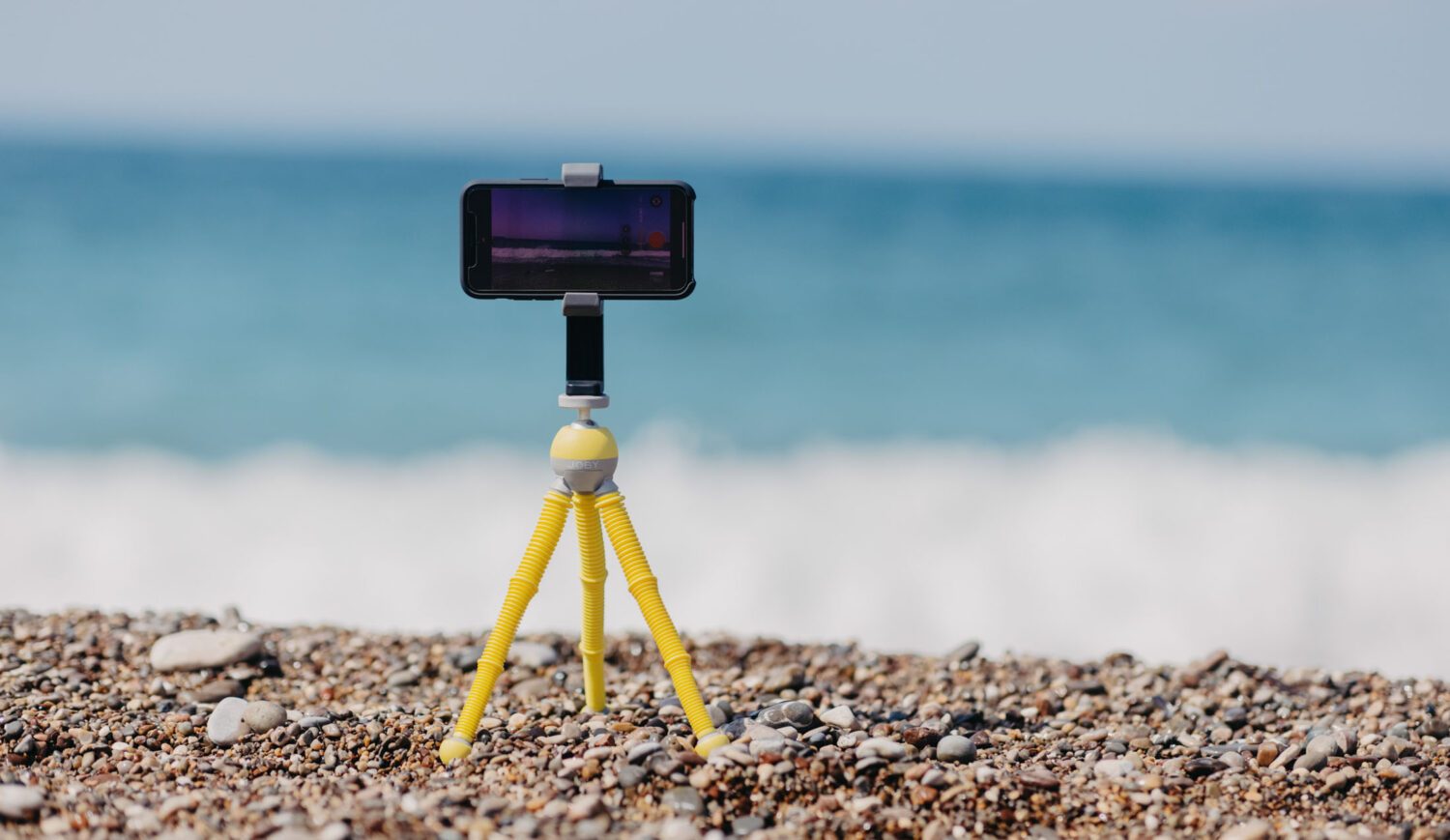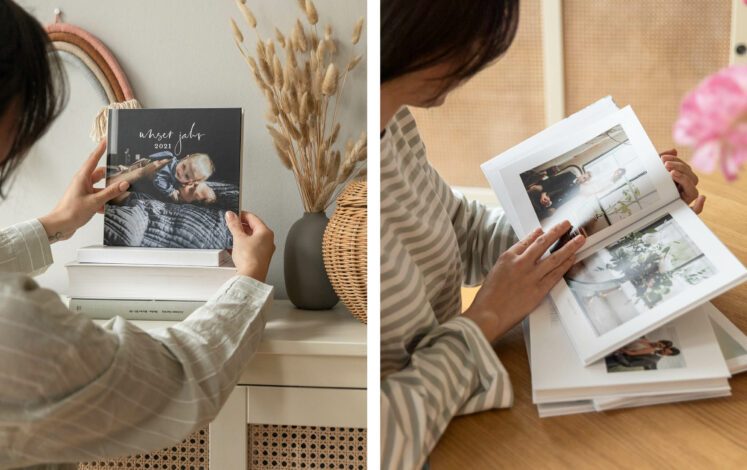Want more fresh tips and tricks for better pictures?
Then take a look at PhotoWeekly, Germany's fastest photo magazine. PhotoWeekly delivers everything that interests photo enthusiasts once a week: Tips, inspiration, equipment. Optimized for reading on your smartphone. Every Wednesday. Free of charge.











